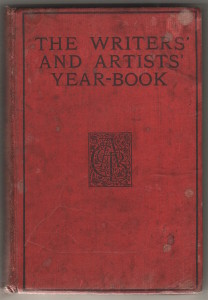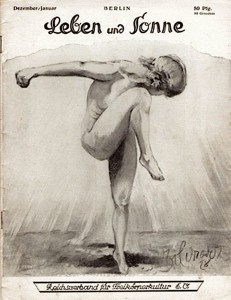 Found in the December 1935 issue of The Collector’s Miscellany is this extract from Nudelife, a magazine devoted to Naturism.
Found in the December 1935 issue of The Collector’s Miscellany is this extract from Nudelife, a magazine devoted to Naturism.
To the astonishing number of hobbies, quaint, varied, cheap, expensive, voluminous or requiring very little space of time, already practised by countless numbers of all ranks, sexes, ages and colour throughout the whole world, may be added this new one—thanks to nudism—that of collecting nudist magazines, either for pride of possession, or scientific, art or educational adjuncts. The field is a new one, and provided a spice of novelty, not to say thrills or even risk, inasmuch very many foreign publications, particularly German, have been prohibited or suppressed. To collect these latter publications is no crime, but they must be kept private and for the purposes above mentioned to be absolutely on the safe side. The number of German magazines have been many and varied and of comparatively short duration except in the case of an outstanding two or three. They are marked chiefly for their frank portrayal of free-body culture between the sexes in the open fields or nudist camps, with a few indoor nude studies sandwiched in between, in the matter of half-tone illustrations, which are noted for their beauty of form, relation to natural surroundings, valued instruction in sex hygiene, the value of sunlight in health . The word obscene has crept in with regard to these magazines, which are displayed for sale or are sold for a purpose other than as necessary adjuncts to the culture of science, art or specific education. In this case it would be most advisable to earmark the collection under one or more of these headings and mark strictly private and personal. In our case they become included in our Nudelife dossier for the relativity of the movement. Some other nudist countries, or better still, some other countries having a nudist movement within its confines, have at one or two publications which will eventually be more accessible and obtainable perhaps than was the case of Germany, for collectors.
So here we have a justification, on the grounds of their educational or scientific value, for collecting what, in a recent Jot, R. Edynbry argues are merely obscene “ art “ magazines, fit only for the stupid and ignorant. Despite the fact that the anonymous author of this piece emphasises the legality of collecting nudist magazines, the whole defence is set about with cautions and suggestions as to how such material might be kept away from the prying eyes of the censor. [R.M.Healey]

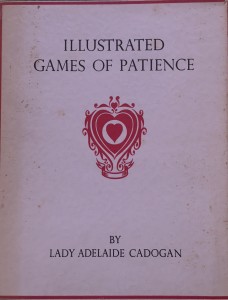 1870 edition, this with an introduction by the actress Margaret Rutherford (memorable as an early Miss Marple). Her piece has a quirky style and a good glimpse of the older actress Marie Tempest playing Patience back stage:
1870 edition, this with an introduction by the actress Margaret Rutherford (memorable as an early Miss Marple). Her piece has a quirky style and a good glimpse of the older actress Marie Tempest playing Patience back stage: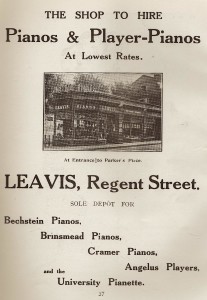
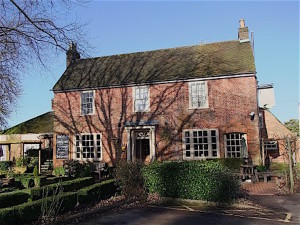 A few days ago we heard on the radio that there was much more violence during the Great Train Robbery of 1963 than has been reflected in the over-romanticised films about it. We also learnt that the notorious Leatherslade Farm, where the robbers held out, is no more.
A few days ago we heard on the radio that there was much more violence during the Great Train Robbery of 1963 than has been reflected in the over-romanticised films about it. We also learnt that the notorious Leatherslade Farm, where the robbers held out, is no more. Found in The Album for August 19th, 1895, are these encouraging words for aspiring fiction writers:-
Found in The Album for August 19th, 1895, are these encouraging words for aspiring fiction writers:-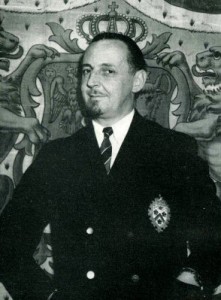

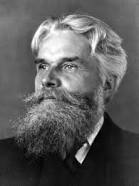 Found in a album of cuttings from various East Anglian newspapers in the early twentieth century is a review that appeared in The Leader, December 24th, 1906 of A Study of British Genius by the pioneer sexologist Havelock Ellis. The reviewer gleefully notes that East Anglia seems to have produced a high proportion of geniuses. To make his point he lists in order of greatness those English counties that have contributed most to the making of English men of genius. These were:
Found in a album of cuttings from various East Anglian newspapers in the early twentieth century is a review that appeared in The Leader, December 24th, 1906 of A Study of British Genius by the pioneer sexologist Havelock Ellis. The reviewer gleefully notes that East Anglia seems to have produced a high proportion of geniuses. To make his point he lists in order of greatness those English counties that have contributed most to the making of English men of genius. These were: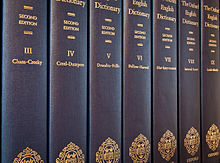
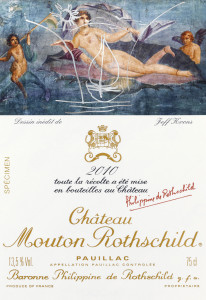

 Found in a copy of John O’London’s Weekly for 18th April 1952 is a review of Collector’s Progress by Wilmarth Lewis ( 1895 – 1979) in which the author reveals that the combination of wealth and a collector’s obsession brought about the greatest collection of manuscripts relating to Horace Walpole in the world.
Found in a copy of John O’London’s Weekly for 18th April 1952 is a review of Collector’s Progress by Wilmarth Lewis ( 1895 – 1979) in which the author reveals that the combination of wealth and a collector’s obsession brought about the greatest collection of manuscripts relating to Horace Walpole in the world.
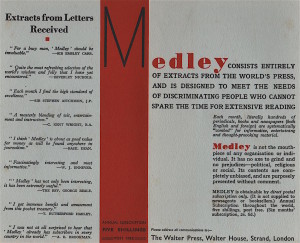
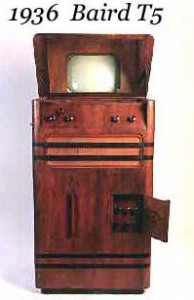

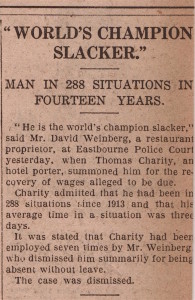 A clipping taken from the August 16th issue of the Daily Express for 1927, reported that David Weinberg, a restaurant owner, had been summoned to Eastbourne Police Court for the recovery of wages allegedly due to Thomas Charity, a hotel porter. Weinberg stated that he had employed Charity seven times before dismissing him summarily for being absent without leave. Weinberg called him ‘the world’s champion slacker’. When asked for his employment record Charity admitted that he had been in ‘288 situations since 1913 and that his average time in a situation was three days ‘. The case was dismissed.
A clipping taken from the August 16th issue of the Daily Express for 1927, reported that David Weinberg, a restaurant owner, had been summoned to Eastbourne Police Court for the recovery of wages allegedly due to Thomas Charity, a hotel porter. Weinberg stated that he had employed Charity seven times before dismissing him summarily for being absent without leave. Weinberg called him ‘the world’s champion slacker’. When asked for his employment record Charity admitted that he had been in ‘288 situations since 1913 and that his average time in a situation was three days ‘. The case was dismissed.
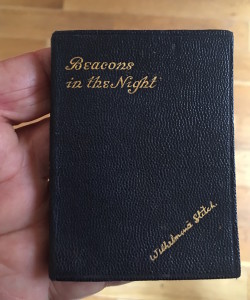 Found a fine copy of Beacons in the Night (Methuen, 1934) by Wilhelmina Stitch. A small book of simple, unsophisticated poetry. Wilhelmina Stitch achieved some popularity and sales in the first half of the 20th century. As a sentimental poet she was very much the Donovan to Patience Strong’s Dylan. She has no Wikipedia page unlike Ms Strong who has a lengthy and well tended entry. Some facts of her life are known and she turns up on a site
Found a fine copy of Beacons in the Night (Methuen, 1934) by Wilhelmina Stitch. A small book of simple, unsophisticated poetry. Wilhelmina Stitch achieved some popularity and sales in the first half of the 20th century. As a sentimental poet she was very much the Donovan to Patience Strong’s Dylan. She has no Wikipedia page unlike Ms Strong who has a lengthy and well tended entry. Some facts of her life are known and she turns up on a site 